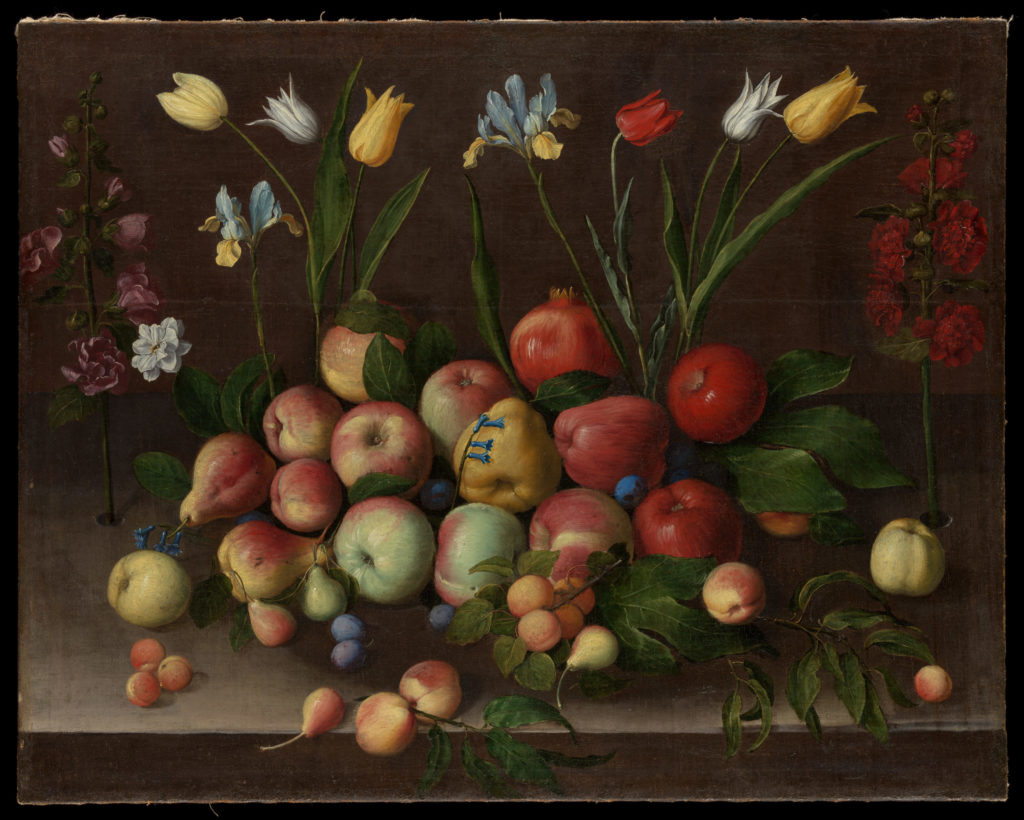
Orsola Maddalena Caccia is now at the Met! The Metropolitan Museum of Art has acquired three works by the seventeenth-century Italian artist-nun. Two of the paintings are still lifes. The third is a Madonna and Child with St. John the Baptist, in a landscape.
A bequest from a donor includes three Caccia paintings
According to the Met’s object pages for these works, they are part of a 2020 “Bequest of Errol M. Rudman.” The donor also bequeathed eight other paintings to the museum.
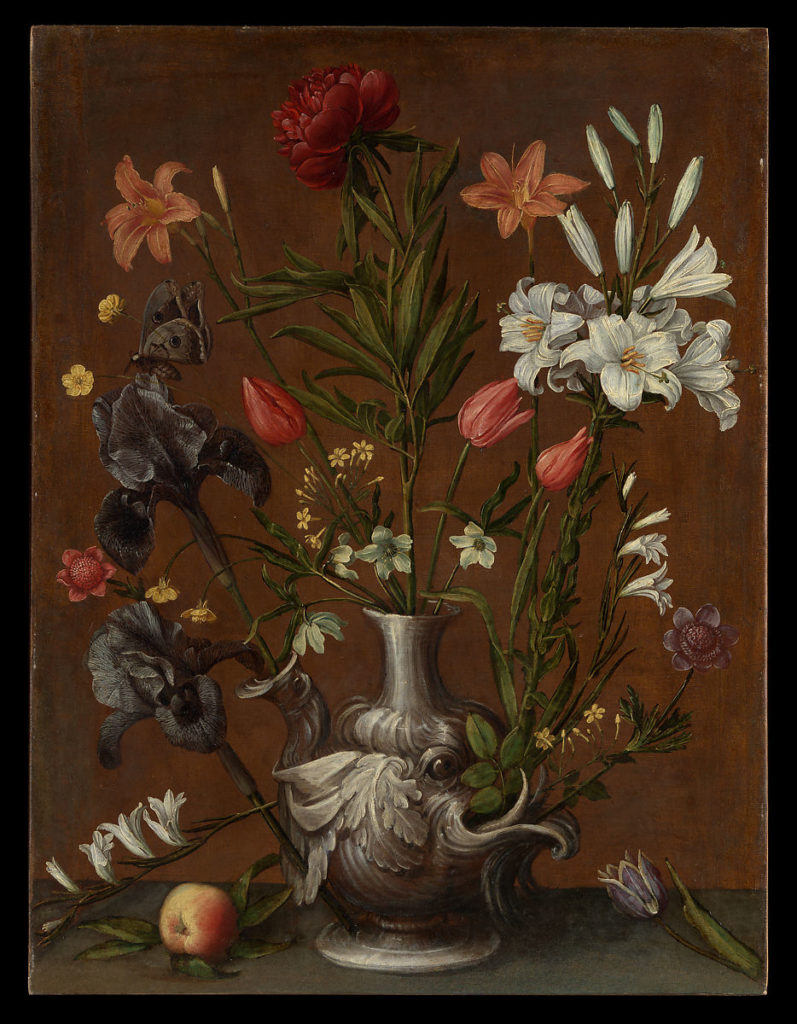
The two Caccia still lifes are already on view in the Met’s Gallery 627. It isn’t clear from the object page whether Madonna and Child with the Infant Saint John the Baptist is yet on public display.
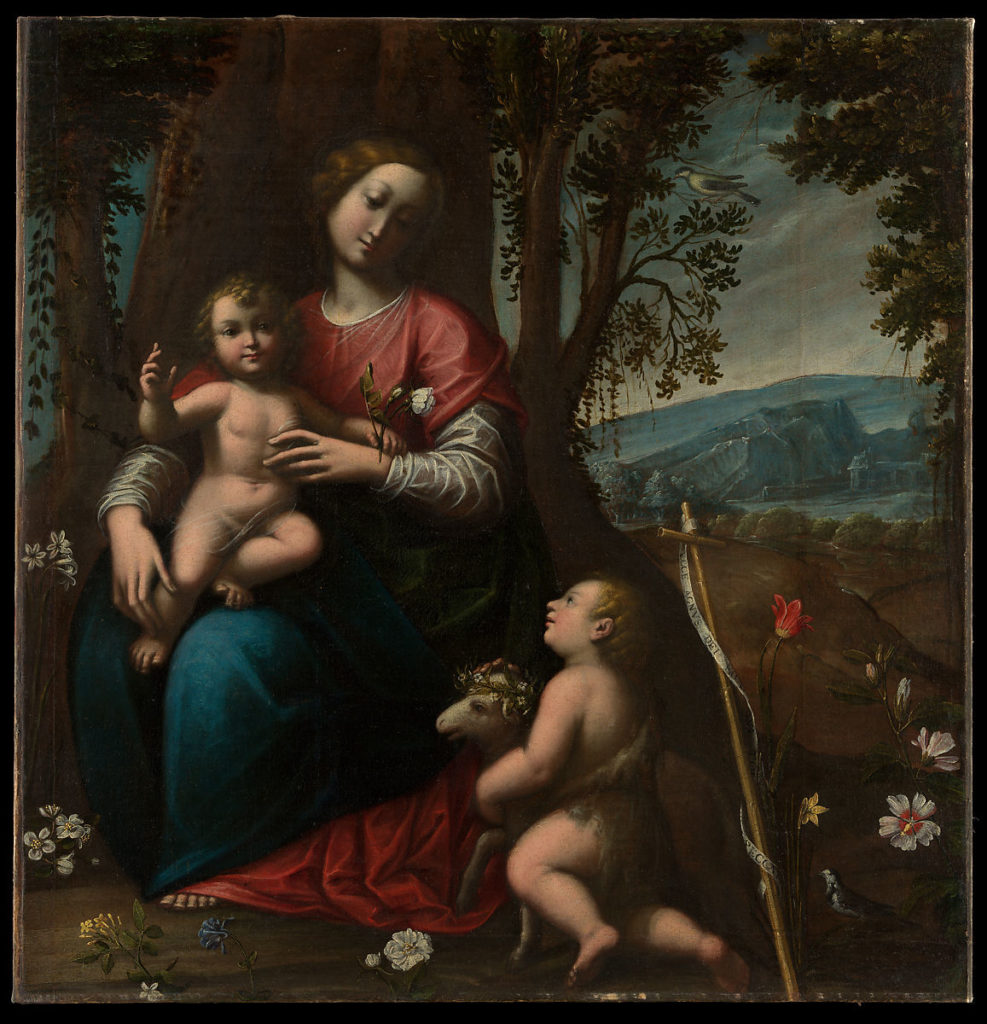
Suor Orsola breaks a Sotheby’s record
And this is not the only 2020 news item about the painter-nun from Moncalvo. In May of last year, Sotheby’s offered her Still life of birds, including a marsh tit, chiffchaff, chaffinch, blue tits, goldrest, lapwing and a great tit. The estimated sale price range was £10,000–15,000. But, according to an Artnet article, it sold for 14 times the high estimate!
Apparently as a result of the extent to which the actual price—£212,500—exceeded the estimate, this sale broke a Sotheby’s record. Also, it smashed the existing auction record for a work by the artist of €32,500, set at Dorotheum in Vienna in October 2018. Apparently it was a private collector who purchased the birds painting.

More recent acquisitions news about Suor Orsola
Suor Orsola was in the cultural news just a couple of years ago, in the context of another acquisition. In 2018, the Yale University Art Gallery purchased Caccia’s Vases of Flowers on a Table, which is now on display in New Haven.
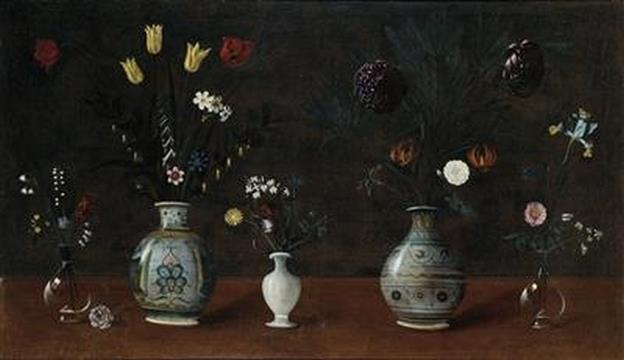
Will there be more museum acquisitions of Caccia paintings?
According to the Artnet article mentioned above, Andrew Fletcher, a senior director of Old Master and British paintings at Sotheby’s, said “Works by Caccia are very rare. She is not a name any collectors will have come across and the scarcity of her works means they are unlikely to come across her again soon. I expect something else by the artist will emerge from the woodwork in light of this result, but I am certainly not expecting an avalanche, largely because so few exist.”
The Caccia paintings at the Met and the Yale University Art Gallery are, as far as we know, the only works by the artist-nun on public display in the United States. They may even be the only works by her outside of Italy that are accessible to the general public.
The Caccia Fruit and Flowers painting shown at the start of this post is reproduced on an Art Herstory note card. For more information about this card, and the Art Herstory Caccia Christmas card, visit the Art Herstory Shop.
Other Art Herstory posts about Orsola Maddalena Caccia and/or Italian artist-nuns:
Suor Orsola Maddalena Caccia (1596–1676), Convent Artist, Guest post by Dr. Angela Ghirardi
The Inaugural Art Herstory Christmas Card (Caccia’s Nativity)
Sister Caterina Vigri (St. Catherine of Bologna) and “Drawing for Devotion,” Guest post by Dr. Kathleen G. Arthur
More Art Herstory blog posts about Italian women artists:
“I feel again the violence of a curious desire”: Rare client testimonies on Rosalba Carriera’s erotic art, Guest post by Dr. Angela Oberer
Elisabetta Sirani of Bologna (1638–1665), Guest post by Dr. Adelina Modesti
“Artemisia” at the National Gallery: A Review, by Dr. Sheila McTighe
Lavinia Fontana: Italy’s First Female Professional Artist, Guest post by Dr. Elizabeth Lev
Two of a Kind: Giovanna Garzoni and Artemisia Gentileschi, Guest post by Dr. Mary D. Garrard
A Tale of Two Women Painters, Guest post / exhibition review by Natasha Moura
Renaissance Women Painting Themselves, Guest post by Dr. Katherine McIver
The Priceless Legacy of Artemisia Gentileschi: A Curator’s Perspective, Guest post by Dr. Judith W. Mann

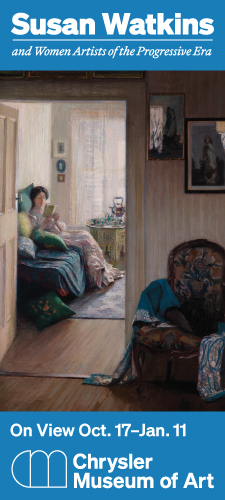
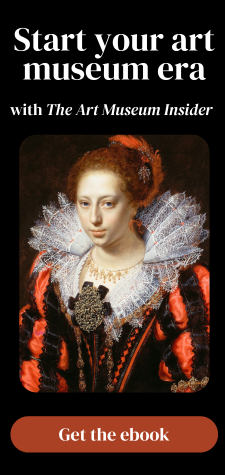

Trackbacks/Pingbacks